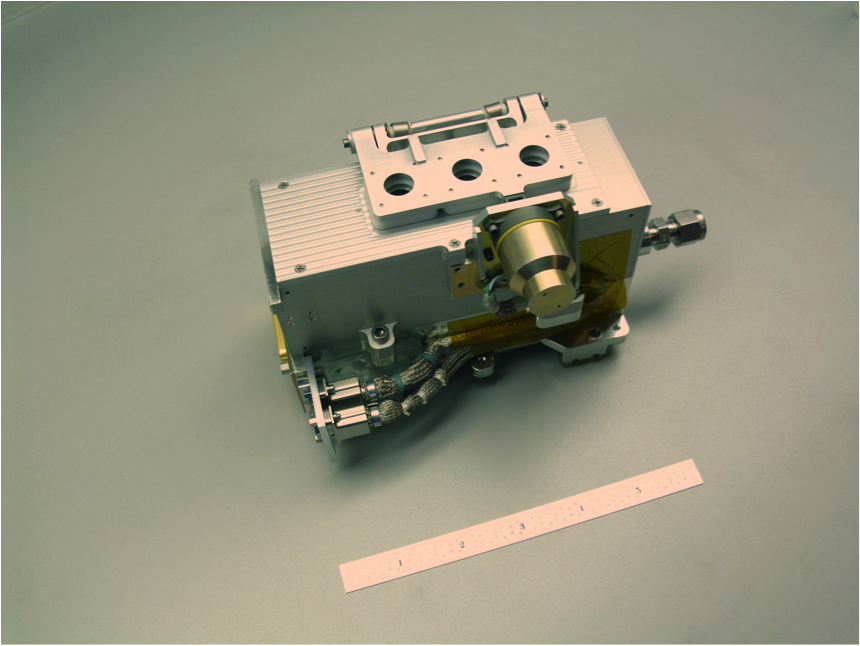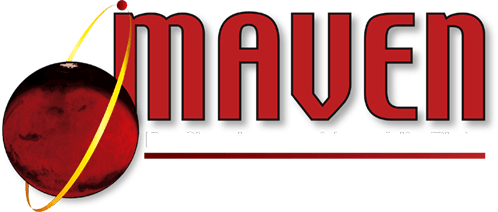
I haven’t been able to write a blog entry in a while, but there’s been a lot going on with MAVEN. The instrument teams have built “engineering models” of each instrument; these allow the teams to test out the hardware and software now, and later to test procedures on the ground before doing them on the spacecraft after launch. They’ve done early interface tests with spacecraft test hardware that ensure that the instruments and the spacecraft can talk to and understand each other. Some flight components are being built early, for both the spacecraft and the instruments. The mission design and navigation team is refining the trajectory for the cruise, orbit-insertion, and science-mapping phases of the mission. And the mission operations team is finishing the design of the ground data system, the science planning process, and the ops processes.
The entire team is in the midst of “CDR season”. The mission-level Critical Design Review (CDR) will be held in July. Leading up to that, we have peer reviews and individual CDRs for each subsystem and instrument. We’re in the middle of those reviews right now, with nearly every day between now and the mission CDR having a review scheduled. With the CDR reviews, we are finalizing the design of all of the components of the spacecraft and instruments. The whole CDR season generally marks the transition between designing and building the flight hardware.
We’re seeing now the benefit of having put so much time into developing the system requirements before completing the design. The requirements analyses and reviews identified a lot of problems that we then could fix early; otherwise, they’d be appearing now and we’d desperately be playing catch-up! As a result, we can more effectively deal with the more-subtle problems that do crop up now.
And a few issues are beginning to crop up with the instruments and spacecraft components. These have to do with components that aren’t behaving as expected in the engineering units, for example, or concerns about manufacturing processes. Any project like this will have problems coming out at this stage, and the ones we’re seeing so far are within the range of what might be expected and what the team can deal with.
We can’t afford to get complacent, however. Although the activity has ramped up and is approaching its peak levels, we still have done less than a quarter of the work that has to be done before we can launch. This means that we still have a long way to go!
But we’re on track technically, on schedule, and on budget, and we’re about two and a half years from launch. The launch date is November 18, 2013, and we don’t anticipate that that will change.

